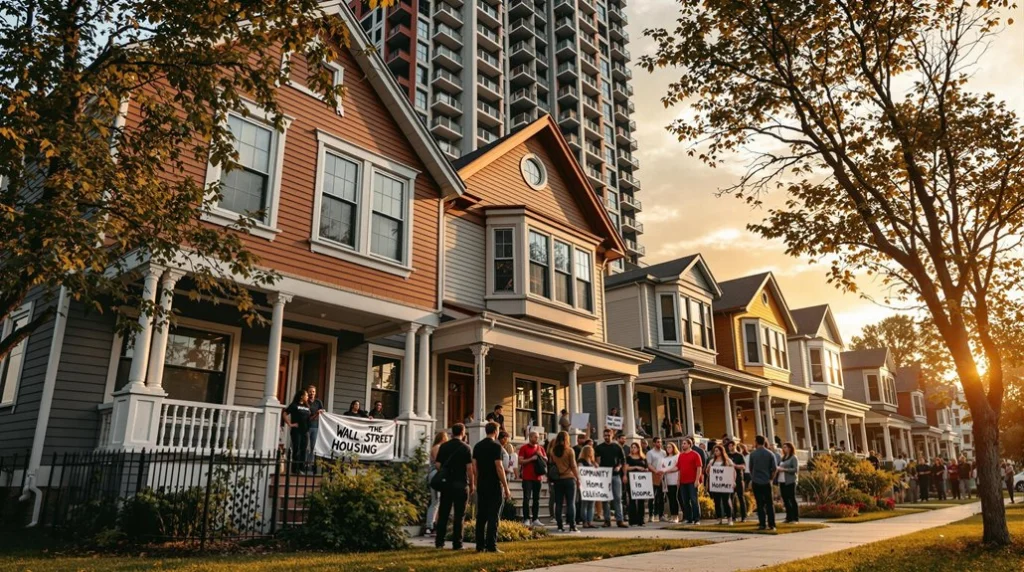Key Takeaways
- Retirees are fleeing high-tax states like California, New Jersey, and Illinois due to rising property taxes and cost of living.
- States with low taxes and high quality of life—like Florida, Arizona, and Tennessee—are attracting retirees and reshaping real estate markets.
- Investors can capitalize on these trends by focusing on retiree-friendly states for rental properties or acquiring discounted homes in high-tax states seeing outmigration.


Retirees Continue to Flee High-Tax States Adding to Current United States Economic Uncertainty
The great retirement exodus is in full swing.
A growing number of retirees are abandoning high-tax states like New York, Illinois, and California in favor of low-tax havens such as Florida, Tennessee, and Arizona.
The driving force?
Skyrocketing property taxes and the increasing cost of living are making retirement in traditional hotspots unaffordable.
But this isn’t just about saving money. This trend is shifting real estate markets across the country, creating new investment opportunities for those who understand the movement.
Where Are Retirees Moving? The States Winning the Retirement War
According to recent reports, Florida continues to dominate as the best state for retirement, thanks to its lack of income tax, extensive recreational amenities, and senior-friendly cost structure.
In 2025, WalletHub ranked Florida as the top retirement destination, with the second-best affordability ranking and the third-lowest death rate for seniors in the U.S.
Meanwhile, states like Nevada, Arizona, and Tennessee are seeing an influx of retirees looking to escape the tax-heavy burden of places like California and New Jersey.
These states offer:
- Lower property taxes (under 0.5% in some areas).
- No state income tax, making retirement savings stretch further.
- A lower cost of living, reducing monthly expenses by thousands of dollars.
For instance, retirees like Brenda Duncan Cusick, a former California resident, moved to Prescott, Arizona, saving over $1,700 per month on living expenses.
As insurance and housing costs continue to soar in high-tax states, the migration pattern is accelerating.
The Worst States for Retirement: Where Retirees Are Fleeing
On the flip side, high-tax states are hemorrhaging retirees due to unsustainable costs.
New Jersey ranks as the worst state for retirement, plagued by:
- A crushing maximum personal income tax rate of 10.75%.
- Low SSI benefits ($660 per month).
- A high cost of living with limited recreational and senior-friendly amenities.
Other states that retirees are leaving include:
- Illinois – Property taxes among the highest in the nation.
- California – Rising insurance costs and increasing natural disaster risks.
- New York – Expensive real estate and some of the highest property taxes in the country.
This shift is putting pressure on these states’ real estate markets, making them less attractive for investment, while boosting demand in states welcoming retirees.
What This Means for Real Estate Investors
The real estate investing landscape is changing, and investors who understand these trends can position themselves for massive opportunities.
Key Investment Strategies:
Capitalize on Retiree-Friendly Markets:
- Florida, Arizona, Tennessee, and Texas are prime locations for rental properties, 55+ communities, and senior-friendly housing developments.
Leverage High-Tax Exodus Markets:
- Distressed properties in California, Illinois, and New York could present acquisition opportunities, as retirees downsize or leave altogether.
Consider Property Tax Implications:
- Investors should be aware of states with rising tax burdens, which could impact rental yield and long-term appreciation.
Assessment
The retirement migration wave is reshaping real estate markets, and savvy investors can ride this trend to new opportunities.
States with low taxes and high quality of life will continue attracting retirees, driving up demand for housing.
Conversely, high-tax states will struggle with a declining retiree population, impacting real estate values.
For real estate investors, the time to act is now.
Whether it’s buying in a booming retirement market or acquiring distressed properties in states experiencing outmigration, the shift in demographics is an undeniable force shaping the next decade of real estate investing.





















